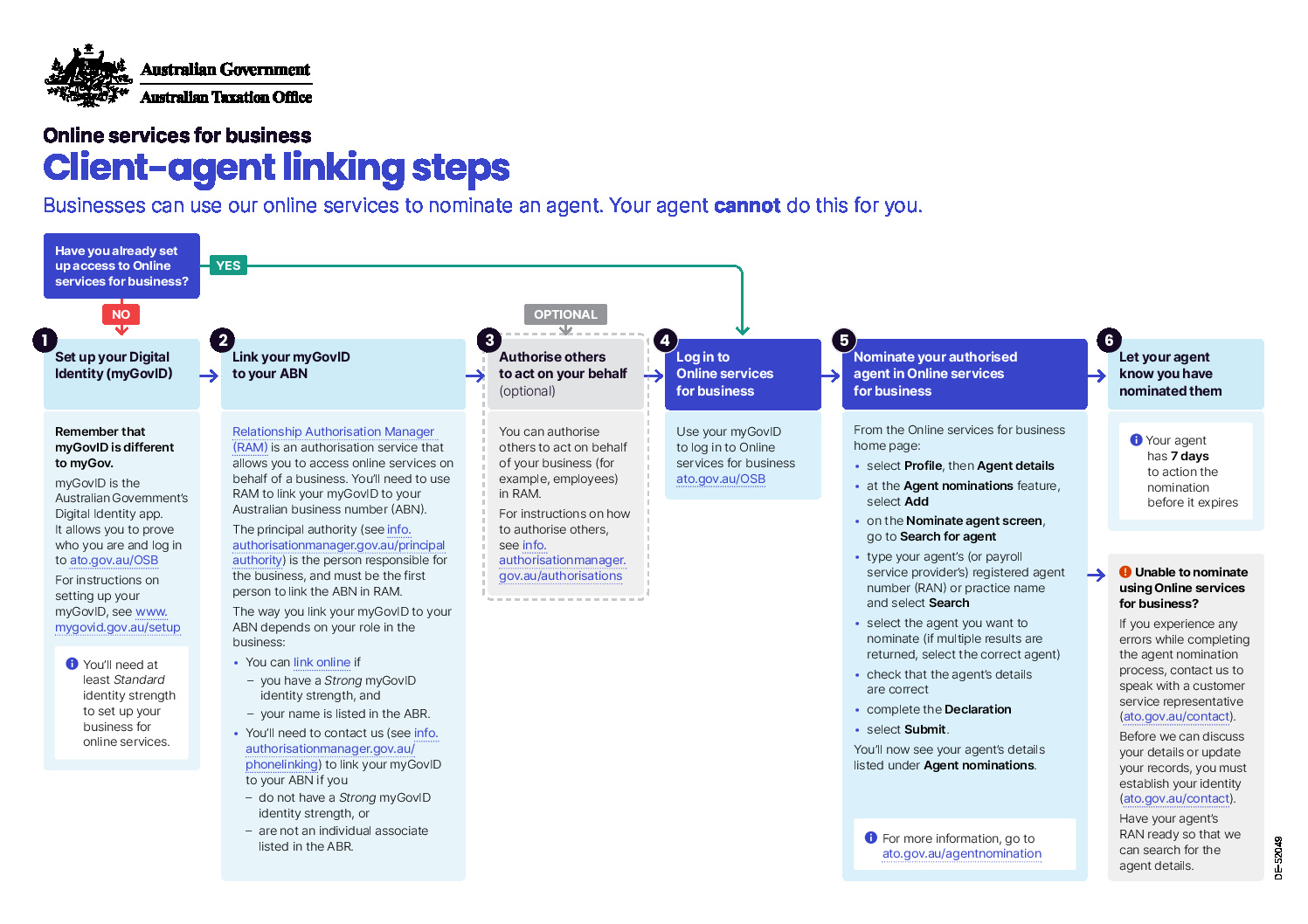Roll-over relief announced!
The Government announced in the 2015-16 Budget that small businesses would be allowed roll-over relief when committing to a change in legal structure. It effectively means that small businesses will not incur a capital gains tax liability upon transferring assets from one legal structure to another. The proposed date that the new measures would take place is 1 July 2016.
What you need to consider
The most appropriate structure for a small business may change over time. It may be necessary when the current structure becomes unnecessarily complicated or it was set up incorrectly in the first instance. In determining whether restructure is appropriate or feasible, business owners need to weigh up different factors such as:
- The tax issues behind the structure
- Personal liability of the business owner
- Access to equity capital
- The cost of compliance with regulatory bodies and taxation departments
- The cost of transferring business assets from the old structure to the new structure
Key points for the bill
In releasing the exposure draft, the Government highlights the key points the bill will address:
- To provide greater flexibility for small business owners to change the legal structure of their business.
- To make it easier for small business owners to restructure by allowing them to defer gains or losses that would otherwise be realised when business assets are transferred from one entity to another.
- The new small business roll-over is in addition to roll-overs currently available where a sole trader or partner in a partnership transfers assets to, or creates assets in, a company in the course of a business restructure.
It would appear that the introduction of the new roll-over measures extends to non-individual entities such as companies and trusts, providing flexibility to small business owners considering a change in legal structure. The Government provides context behind the new measures in that it seeks to address the significant income tax liabilities that may arise during a restructure, such as when business assets are being transferred to a new entity. The impact of these liabilities on cash flow and available capital may create an impediment to restructuring.
Currently, roll-over relief is available only in limited circumstances for business restructures. For example, roll-overs are available for restructures involving the transfer of a capital gains tax (CGT) asset, or all the assets of a business, from an individual sole trader or partnership to a wholly owned company. However, no roll-over is available, for example, for a restructure that transfers business assets from a company to a sole trader, partnership, or trust.
Eligibility
Eligibility for the new roll-over relief is restricted to small businesses with combined annual turnover of less than $2 million with all connected entities, or the maximum net value of CGT assets is less than $6 million. It is also relevant to note that entities that are affiliates of the small business entity would also be eligible for the roll-over so long as they satisfy either the turnover or maximum net asset value tests at the time of transfer.
The Exposure Draft has been introduced to the House of Representatives as at the 4th of February and is still open for amendments. Our firm will be keeping you up to date with changes to the legislation as it is released.













